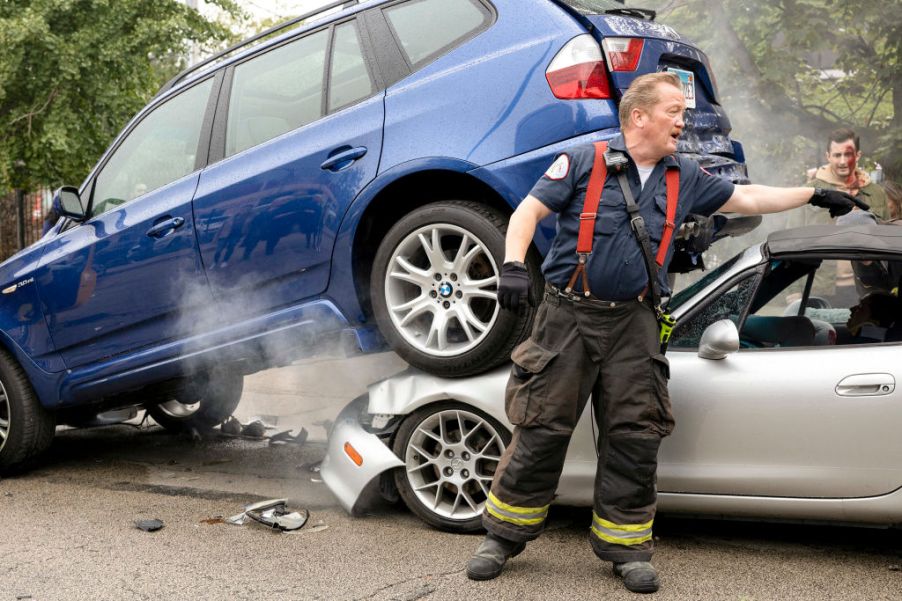
What’s the Most Useless Area of Coverage on Your Auto Policy?
Whether you drive a flashy Chevy Corvette Stingray or an old Nissan Frontier, car insurance is required for all drivers. The cost depends on your age, where you live, and the condition of your vehicle. Standard auto coverage usually includes a few different types of insurance: liability, collision, medical, and comprehensive.
You can also add additional policies, but this will result in higher premiums. In some states, like Michigan, extra policies like no-fault car insurance are required. Additionally, some providers may try to sell you insurance that you don’t actually need.
Are there parts of your insurance policy that you actually don’t need?
Roadside assistance
Even if you consider yourself to be the most careful driver, accidents happen. Even something as simple as a flat tire can require your car to be towed to a nearby shop. If you’re not covered by a roadside assistance plan, you’ll have to pay for this out of pocket.
However, if you’re already a member of a club like AAA, you don’t really need a roadside assistance policy. Additionally, if you bought your car new, roadside assistance is probably already included in its warranty.
New car replacement coverage
This policy allows you to get a new car if your old one is totaled in an accident. The provider will work with you to find a car that has the same value as your old one. This insurance is only offered on fairly new cars, usually around 2-3 years old.
You have to be the original buyer of the totaled car to qualify for this plan. However, basic collision plans already cover the cost of totaled cars. You’re essentially only paying for the peace of mind that you could replace your car hassle-free.
Gap coverage
This optional plan works similarly to new car replacement coverage. You’ll be able to recoup the difference between the car’s original cost and its actual cash value in the event of an accident. One major difference is that you won’t be given any assistance in finding a replacement car.
No one can predict the likelihood of having their car declared a total loss. Both policies protect you from owing money on the remaining auto loan. Still, if you put down a larger down payment and have a shorter loan term, gap coverage isn’t a necessity.
Personal item coverage
While comprehensive insurance will cover vandalism damages, it won’t reimburse you for personal items stolen from your car. For that, you would have to purchase an additional policy. You can avoid this altogether by always taking any valuable items with you whenever you leave the vehicle. Dashcams and security cameras are inexpensive and can also deter thieves.
Car rental coverage
This additional policy covers rental costs as well as any damage the car sustains from an accident. Most people only rent a car on a yearly vacation. A one-time rental is cheaper than buying a new coverage plan.
If you’re not a frequent traveler, you probably won’t get your money’s worth out of a car rental policy. Also, if you’re renting the car with a credit card, the card company may offer coverage already.
Non-owner policy
Even if they don’t own a car themselves, some people may have a non-owner policy. It covers property damage and bodily injuries that may happen while the driver is borrowing or renting a car. However, it does not cover rental costs or damages from collisions.
A non-owner policy is also not mandatory as long as you have the owner’s permission and a valid driver’s license. If you already own your vehicle, this policy is entirely useless. Your liability coverage already covers any damages or personal injury that may happen if you borrow someone else’s car.



